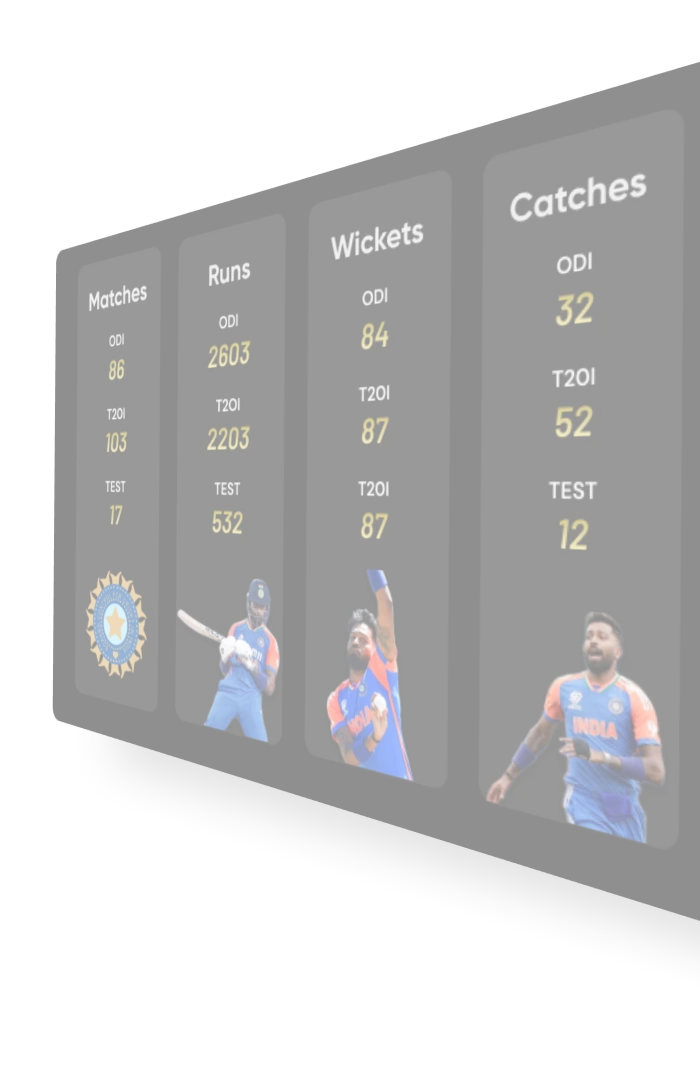
Table Of Contents
Headingley Cricket Ground, Leeds Overview
When it comes to traditional English Test venues, few grounds have the character and legacy of the Headingley Cricket Ground in Leeds. Located in West Yorkshire, Headingley is one of England’s most storied cricket stadiums, renowned for producing thrilling red-ball encounters over the decades. Established in 1890, this ground has been a fortress for England and a witness to some of the most iconic Test match moments including the unforgettable Ben Stokes miracle in the 2019 Ashes.
Headingley serves as the home ground for the Yorkshire County Cricket Club, one of the most successful domestic teams in England. The ground has a unique, gritty charm and is beloved by fans for the electric atmosphere it creates, especially when the home side is on top. With a capacity of around 18,000, it may not be the largest, but it certainly ranks among the most passionate and unpredictable venues in world cricket.
Upcoming Matches At Headingley, Leeds
The Headingley Cricket Ground in Leeds is gearing up for cricket season as from March to September it is all set to host a flurry of domestic tournaments like The Hundred, County Cricket, Vitality Blast among others while also some big international matches on the calendar.
Aside from the domestic matches there are two big international matches that are slated to take place at the home of the Yorkshire county in the year of 2025. The first one is the much awaited first Test match between India and England that starts from the 20th of June. The second international match on the calendar is an ODI match between England and South Africa when the Proteas tour the Three Lions later this year in September.

Headingley Stadium Pitch Report
The Headingley pitch has traditionally favoured bowlers, particularly seamers, thanks to the conducive English conditions cloud cover, green tops, and atmospheric movement. The surface here tends to offer pace and bounce early on, making it a formidable challenge for opening batters. However, the pitch is not unplayable by any stretch. Once batters settle in and see off the initial movement, run-making becomes significantly easier, especially on Days 2 and 3.
Recent matches have shown the wicket to be competitive and engaging, encouraging attacking cricket. That said, the surface rarely turns much, limiting the impact of spinners unless the game stretches deep into Day 4 or 5.
Headingley Pitch Report: Batting or Bowling?
Statistically and historically, Headingley is a bowl-first ground. The fresh conditions and grass on the surface provide early advantage to seam bowlers. Overhead conditions also play a huge role in swing bowling, especially with the new ball. Teams that win the toss often prefer to bowl first to extract maximum advantage early on.
Given how difficult batting becomes later in the match, particularly in the fourth innings due to deterioration and variable bounce, this ground rarely favours chasing. Thus, it becomes a vital toss, and winning captains mostly opt to field first. As per the statics 46 percent of the games have been won by the team bowling first.
Day-Wise Pitch Behaviour
Day 1 often begins with plenty of lateral movement for seamers, especially under overcast skies. Batting is challenging early but gets easier as the day wears on. Day 2 and Day 3 are generally the best for batting, with a settled surface and predictable bounce. By Day 4, the pitch starts to deteriorate, bringing variable bounce into play and offering some assistance to spinners. Day 5, if it gets there, can be unpredictable with cracks forming and aiding reverse swing turning the match on its head in classic Headingley fashion.
Toss and Match Outcome Results (Batting first/chasing)
Here's a look at the outcome of Test matches at Headingley Cricket Ground in Leeds based on the decision taken at toss.
India vs England 1st Test, Headingley Weather Forecast
Ahead of the much anticipated first Test between England and India the fans are hopeful that the rain won't be playing spoil sport. And in great news for the fans the weather at Headingley will be sunny for the first Test match. Temperatures will range from 24°C to 19°C across the five days. With less chances of rain cloud cover will be crucial to define the outcome of matches.
Iconic Test Matches Played at Headingley, Leeds
Headingley Cricket Ground in Leeds has played host to some of the most unforgettable Test matches in the history of the game. Known for its unpredictable pitch and dramatic weather shifts, this ground has produced several classics that have gone down in cricketing folklore. From miraculous comebacks to historic innings, Headingley’s legacy in red-ball cricket is defined by drama, passion, and unforgettable moments.
Miracle of Headingley (2019)
Arguably the most iconic Test match ever played at Headingley and perhaps in Test history came during the 2019 Ashes series. England, chasing 359 in the fourth innings, looked down and out at 286/9. But what followed was nothing short of a miracle. Ben Stokes produced an astonishing unbeaten 135, guiding England to a one-wicket victory and keeping the Ashes alive. The scenes of jubilation, the stunned Australian faces, and Stokes’ heroics have become etched in the memory of every cricket fan.
Botham's Test (1981)
Another legendary encounter at Headingley took place in 1981, often referred to as “Botham’s Test.” After being made to follow on and staring at defeat, England turned the game on its head thanks to Ian Botham’s explosive 149*. This was followed by Bob Willis’ sensational 8/43, which sealed an improbable win against Australia. That comeback laid the foundation for one of England’s greatest Ashes series victories.
Bradman's Classic (1930)
Going further back, the 1930 Test between England and Australia is remembered for Sir Donald Bradman’s historic 334—his highest score in Test cricket. It was a display of sheer dominance, as Bradman’s knock helped Australia post the highest team total ever recorded at Headingley. That innings remains one of the greatest ever played in the sport’s long history.
India's triumph (2001)
In 2001, India’s famous victory over England at Headingley was another standout. Rahul Dravid, Sachin Tendulkar, and Sourav Ganguly all scored centuries, setting up a huge total. India’s bowlers then bundled out England twice to secure a win by an innings and 46 runs—marking a rare overseas triumph and showcasing India’s growing dominance in world cricket.
Headingley Test Matches Stats & Records
Here's a look at all the key Test match records at the Headingley Cricket Ground in Leeds.
Team Records at Headingley, Leeds
Highest and Lowest Totals at Headingley, Leeds
The Headingley Cricket Ground in Leeds is certainly one of the most iconic grounds in England. The lowest ever team total at the Headingley was set by West Indies of 61 against England in August 2000 while England's arch rivals Australia hold the record for the highest ever team total at Headingley of 653/4 in 1993.
Most Successful Team at Headingley
It comes as no surprises that the home side of England is the most successful team in Test matches at the Headingley Cricket Ground. They've won 37 of their 80 Test matches in the ground more than any other team. However in terms of winning percentage West Indies have a better winning percentage at 53.84 and Sri Lanka at 50. But these teams have only played 13 and 12 matches respectively, so a very small sample size. Pakistan are the least successful Test side at Headingley.
Most Runs by a player at Headingley, Leeds
Australian great sir Don Bradman is the player who has scored the most runs in Test matches at Headingley. In just four matches, Bradman has 963 runs at an average of 192.6.
Most Centuries by a player at Headingley, Leeds
Sir Don Bradman and Geoff Boycott are the players with the most hundreds at Headingley Cricket Ground in Leeds with four each.
Most Wickets by a player at Headingley, Leeds
Legendary England pacer Stuart Broad has picked up the most Wickets with 54 wickets in 12 matches at the iconic Yorkshire venue.














